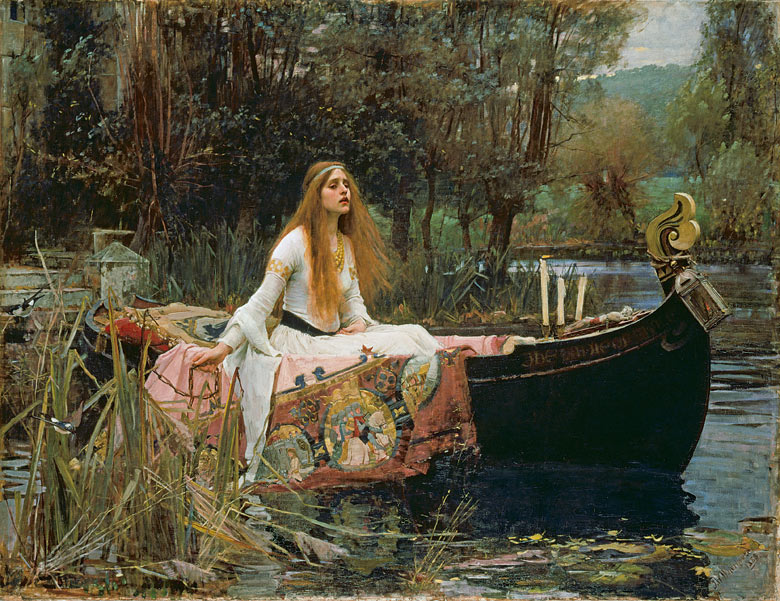We got back together in September after a break for school holidays in July and August, and we had an indulgent meeting reading aloud some of our favourite poems.
We started with Sylvia Plath's Mirror, published in 1961, and spent some time discussing the powerful imagery that it evokes with its twin themes of ageing and faithfulness.
The second poem was Fleur Adcock's Weathering from her book Poems 1960-2000, published by Bloodaxe. This had surprising echoes of the Plath poem with another description of ageing and its consequences, although this time a little more comfortable perhaps. It also refers to "pre-Raphaelite beauty", which took us back to our meeting in June when we looked at The Lady of Shallot. It inspired a discussion about accuracy on the internet when researching poems: we discovered that it was often not faithfully reproduced, even when read aloud by other poets. Fleur Adcock herself can be seen reading the poem at Vimeo. Born in New Zealand, she spent the war years in England, returning to New Zealand in 1947 before emigrating to Britain in 1963. She received an OBE in 1996 and the Queen's Gold Medal for Poetry in 2006.
Fleur Adcock got another look-in when we read her short poem, Things, published in her Selected Poems by Oxford University Press. Humorous, and so perceptive!
Another thoughtful poem was Wild Geese (1986) by the prolific American author and "indefatigable guide to the natural world", Mary Oliver. Its powerfully resonating opening lines draw you in: "You do not have to be good. You do not have to walk on your knees for a hundred miles through the desert, repenting." Oliver can be seen reading her poem on You Tube.
We moved away from women writers of the 20th century to go back to the 19th century and read The Roman Centurion's Song (Roman Occupation of Britain AD 300) by Rudyard Kipling, and to talk about how familiar the classical references would have been to schoolchildren in the past, and how descendants of Claudius' original invasion force eventually became embedded in their new communities over generations. Kipling's theme of returning "home" - and the consequences for such exiles - was resonant.
Finally, in contrast to the Kipling, we read Roman Wall Blues, by W H Auden (1937).
Monday, September 17, 2012
Our June 2012 meeting: the Lady of Shallot

This is one of those wonderful Victorian poems that is so evocative of England's distant pastoral and chivalric age: even if you've never read it you immediately think of all the glorious Pre-Raphaelite paintings that it inspired. The verses are redolent with jewel-like colours, Arthurian references and a sense of romantic foreboding as the cursed Lady of Shallot sits in her tower, looking into her mirror as she weaves her tapestry, and eventually being so overcome by the sight of Sir Lancelot riding along the river bank (singing 'tirra lirra') that she turns to gaze at him. In perhaps the most famous lines in the poem, we learn of the consequences:
'The mirror crack'd from side to side,
"The curse is come upon me", cried the Lady of Shallot.'
We shall be looking forward to a visit to Tate Britain in November, to see the fantastic new exhibition: Pre Raphaelites: Victorian Avant-Garde.
Subscribe to:
Posts (Atom)